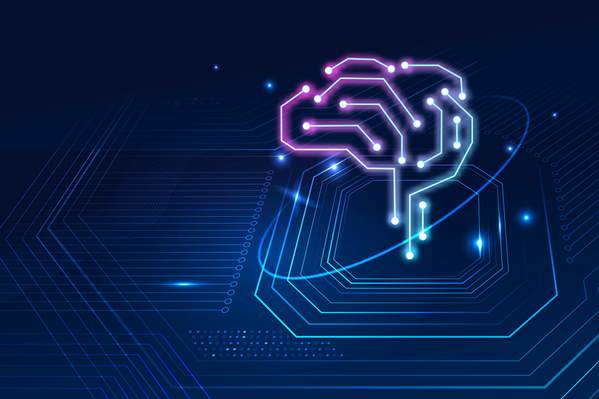
Great customer support is all about simplicity. When a customer has a problem, often the best experiences are when they can solve it themselves.
In fact, according to a recent study, 69% of customers want to resolve as many issues as possible on their own, and 63% of customers always or almost always start with a search on a company’s online resources when they have an issue. However, the same research also shows that most customer experience teams aren’t offering channels beyond phone and email, meaning they aren’t living up to customer expectations.
If this sounds familiar to you, you might want to look into a little thing called semantic AI.
What is semantic AI? Simply put, semantic AI allows you to tag and classify your customer support content in a way that makes it easy for customers to find the answers they’re looking for. It also enables this content to be delivered via AI-powered chatbots, smart virtual assistants and other self-service applications that can identify what your customer needs in the same way a human would, without the need for any actual human interaction. So, what should you have in place to transform customer support in this way?
Create an interconnected network of knowledge
It all starts with laying a solid foundation for managing knowledge across your organization. Too often, customer service information is unstructured, scattered across various internal systems, and formatted in several different ways. It’s important that the environment you manage your content in can render your content in a consistent way that is easily understood by machines and is organized centrally for easy access.
The best tool for this sort of knowledge management is a component content management system (CCMS). CCMS’ make information easy to find, manage, and disseminate by means of componentized content. This means that content is structured into small modules, often called ‘topics’, and stored in a central repository. And because it has been componentized, content classification and tagging becomes much more granular, since it happens at the component level, not the document level. Information becomes much more findable when you can search for a keyword and get the precise section you’re looking for, as opposed to the whole gamut.
And that’s not all – the beauty of a CCMS is that content is separated from its format, meaning it becomes much more flexible and can be moulded to fit any channel or format. Your customer service agents won’t have to plough through hundreds of pages of documents to find answers, they can simply search for the relevant ‘topic’ and share it with the customer. Or the content can be published to an online knowledge base, mobile app, or self-service hub. And when you combine a CCMS with semantic AI you create ‘intelligent content,’ which is where your ability to deliver contextual information to customers comes into its own.
Semantic AI – the smart solution to self-service
By turning traditional documents into intelligent content, your customers’ self-service experience really comes to life. Searching for information becomes a smooth, Google-like experience. Their searches are auto completed. They don‘t have to find an exact match but get results based on synonyms and context. They can see suggestions for related content. This type of intuitive, responsive search experience is the best way to satisfy the expectation of customers being able to solve their issues independently.
Considering that 90% of Americans use customer service to decide whether to do business with a company – it’s absolutely critical that you get your customer service right. That’s where the combination of semantic AI and a CCMS can really help, and transform one-off customers into life-long loyal fans.
If you would like to learn more about Semantic AI and how it can power your customer support strategies, click here.
About the Author
Fraser Doig is Associate Product Marketing Manager at RWS.
About RWS
RWS is the global leader in content management and translation technology and services. 90 of the top 100 global companies work with RWS. Tridion Docs provides streamlined end-to-end component content management. It includes easy web-based authoring, reviewing, versioning, translation, and publication management, underpinned by the DITA XML standard. As a true collaborative environment with a familiar Microsoft Word-style interface, subject matter experts (SMEs) in your organization can contribute their knowledge.
Authors and reviewers can work simultaneously in the same document providing comments to each other, tracking and merging changes. Tridion Docs supports global enterprise use cases including single sourcing, product documentation, learning and training, policies and procedures, and efficient translations with delivery to multiple end points such as documents, PDFs, knowledge portals, Intranet, customer facing websites, apps, chatbots, and IoT devices.
Contact RWS here or visit their website at rws.com. Twitter:@rwsgroup, Linkedin: RWSGroup.




